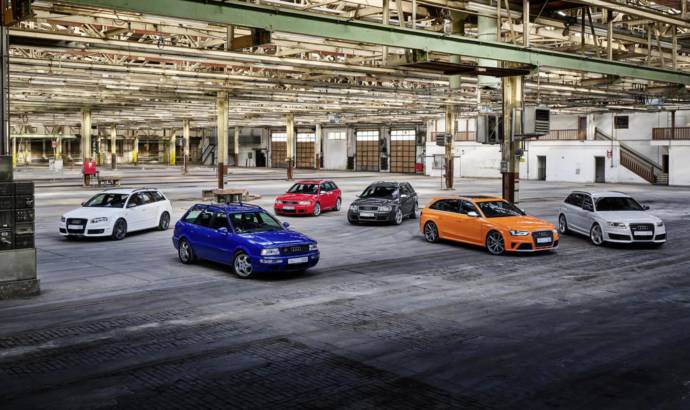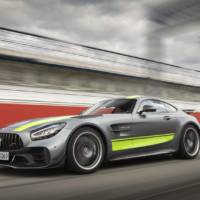It managed to fight back some strong names, also from Germany: M and AMG divisions. Now it’s time for celebrations, as it turns 25 years old. A quarter of a century has passed since the first Audi RS model was launched on the market.
Ever since the introduction of the iconic RS 2 Avant, the Audi RS models have always been held in high esteem, with many examples now enjoying cult status. To date, Audi Sport GmbH, formerly quattro GmbH, has presented a total of 25 RS models. In 2019, a further six are being presented, of which two are completely new additions to the RS roster.
In 1994, the 315PS Audi RS 2 Avant with its four-valve, five-cylinder engine, long since in use, wrote the first chapter of the RS story. With this car, the company established the segment of the dynamic high-performance station wagons. The quattro drive with its self-locking centre differential that had proven itself in motor racing and rallying made it possible to masterfully transfer this high performance to the road.
In 1999, the Audi RS 4 Avant based on the S4 of the time introduced a new dimension in terms of power to the medium-size class. Under the bonnet, a V6 engine with displacement of 2.7 litres, five valves per cylinder and biturbo charging does all the work – just like in the S4.
The second generation of the RS 4 followed in 2005. Numerous innovations, many of which originated in motorsports, characterise this generation. A standout among these was the V8 engine with 420PS. It was the first time that a manufacturer had relied on the combination of petrol direct injection and a high-rev concept that allowed up to 8,250 rpm. The petrol direct injection engine enabled improved power output through more effective production of the fuel/air mixture. In the R8, which enjoyed success at Le Mans, the FSI technology had already proven its performance in impressive style. In 2007, the engine was also used in the first generation of the Audi R8. The suspension offered the latest generation of permanent all-wheel drive as well as the Dynamic Ride Control damper system that was first used in 2002 in the RS 6.
2008 saw the arrival of the RS 6 Avant, a sports car in the form of an unobtrusive business station wagon. With a completely newly developed V10 engine with FSI direct injection, biturbo charging, dry sump lubrication which is also used in motorsport as well as the quattro permanent all-wheel drive, the RS 6 Avant put itself ahead of the competition. With the impressive V10 force complete with 580PS of power and 650 Nm (479.4 lb-ft) of torque, the RS 6 Avant was the most powerful series production Audi to date.
In 2011, the RS 3 Sportback with 340PS, which in turn had a five-cylinder engine, brought the RS philosophy to the compact class. In 2013, the RS Q3 opened up another market segment as the first compact SUV. It was powered by the transversely installed 2.5-litre five-cylinder engine, as used in the TT RS and RS 3.
“Every RS model expresses the passion that we put into developing our high-performance cars,” said Oliver Hoffmann, Managing Director of Audi Sport GmbH. “For 25 years, our customers have been experiencing the RS models as masterful companions for everyday life that convey pure emotion and maximum driving enjoyment.”



